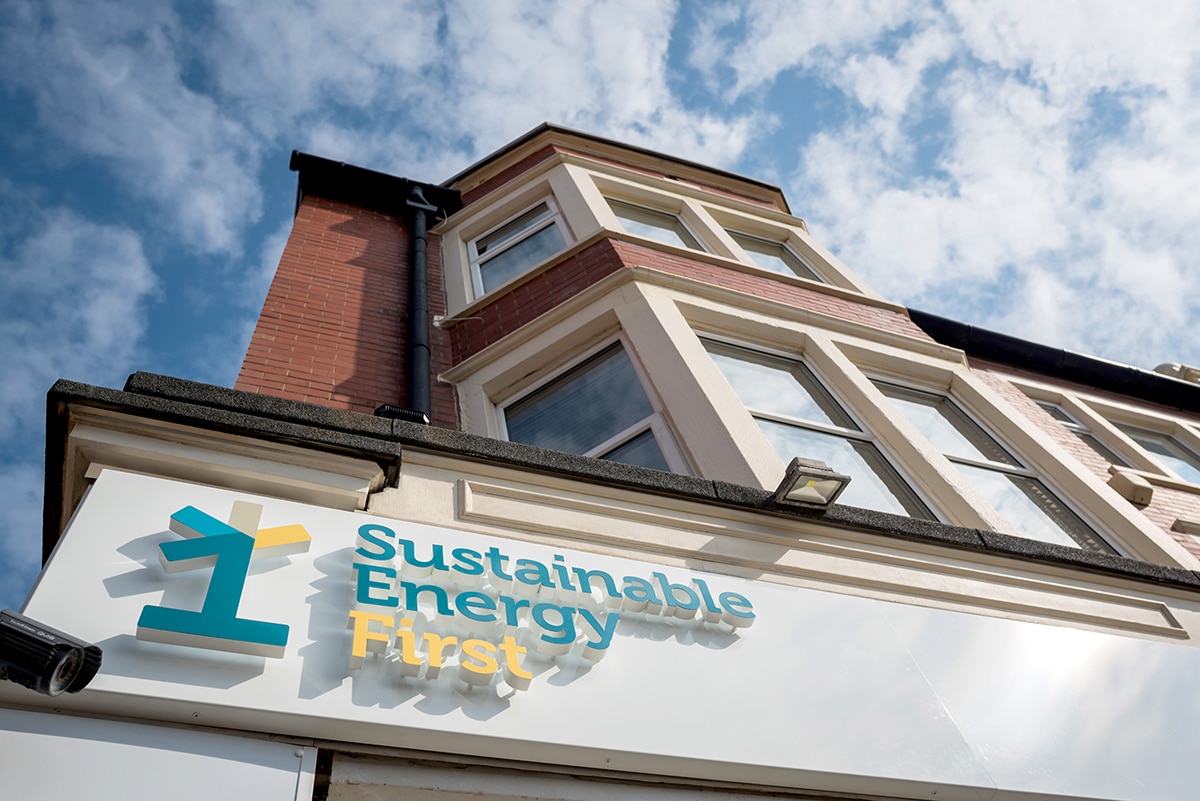What is a non-commodity cost?
The non-commodity cost (also known as ‘third party costs’) includes the other charges that make up the energy bill that are not for electricity (the commodity) itself. These compulsory charges cover the cost of delivering electricity, balancing the grid and all network costs. Also included are taxes and levies, primarily from the government in order to support the development of renewable energy and reduce carbon emissions. The main non-commodity costs include charges such as: Transmission Network Use of System (TNUoS), Distribution Use of System (DUoS), Renewable Obligation (RO), Contract for Difference (CfD), Feed in Tariff (FiT) and Capacity Market (CM) to name but a few.

 market is low. More specifically, average wholesale electricity prices for the past 5 years have fallen more than 15%. In 2013, the government upped taxes and levies, but as the wholesale market was low, businesses didn’t notice a difference in their overall cost.
market is low. More specifically, average wholesale electricity prices for the past 5 years have fallen more than 15%. In 2013, the government upped taxes and levies, but as the wholesale market was low, businesses didn’t notice a difference in their overall cost.



